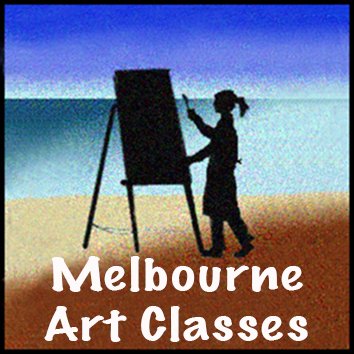The three fundamental dimensions to be aware of when studying, mixing and mastering color are Hue, Saturation (Chroma) and Value. The 3 dimensions exist in TANDEM. There are some activities for both value and color together in the workbook section.
CHROMA (SATURATION)
Saturation is the “colorfulness of an area judged in proportion to its brightness”. We may refer to an area as having a high or low chroma. Other synonyms might be vibrance, intensity, chromaticity. Some people refer to the lowering of the saturation (of a color) as ‘toning it down’. As I mentioned earlier, I prefer to use more specific terms such as de-saturation, neutralization, graying, gradating to the chromatic gray (adding a little more each time of it’s mixing complementary hue to gradually de-saturate it, arriving at a harmonious rich (chromatic)
VALUE and KEY (High key = High value)
In this image, there is a range of values that define the shapes and spaces of the composition. This refers to the darkness or lightness (high Lightness means a higher value, with 10 being the highest in white, on a 0 - 10 value scale, (according to the Munsell scale). An image can be described as high key (little or no dark values, low contrast), mid key (somewhere in the middle) or low key (little or no light values, low contrast).
‘There is strong shadow where there is much light.’
Johann Wolfgang von Goethe
COMMON USES OF VALUE IN ART
° Value, used in gradations is great for making subjects look 3D
° Gradations of value can be used to create the illusion of depth perspective
° Gradations and contrasting values can define a light source and its effects on the subject
° Using contrast in values is a powerful way to draw the viewer to a focal point or a centre of interest
° High-value contrast can also create a strong mood or drama within an artwork
° Connecting dark shapes or light shapes together is a design tactic to lead the eye and tell a story.
° Overlapping shadow shapes or light shapes and introducing other connected shapes of similar values is also helpful in establishing a rhythm
° Value is utilized in the creation of many textures (another element). Colour, another of the 7 elements of design, can be described in various values, as can line, shape, space and form.
° Value is commonly considered to be one of the most important variables in the success of a painting, even more so than the element of colour (hue).
A Grisaille (pronounced Grizeye) is an achromatic underpainting, using just values to create the structure and story of an artwork, usually followed up with colours (often transparent glazes).
Go through these sections one by one, using the image links in this Value, Light and Shade Master Index
Video - Tone,contrast,light and shade
Shadows
Light and Shade Exercises
Notan Studies
Common Uses for Value in art
Value Perception
Chevreul's Laws of Simultaneous Contrast
What is squinting at art all about?
Values and Colour Mixing
Using Light & Shade in paintings
Contrast - all forms
Blending / Value Modelling in acrylics













